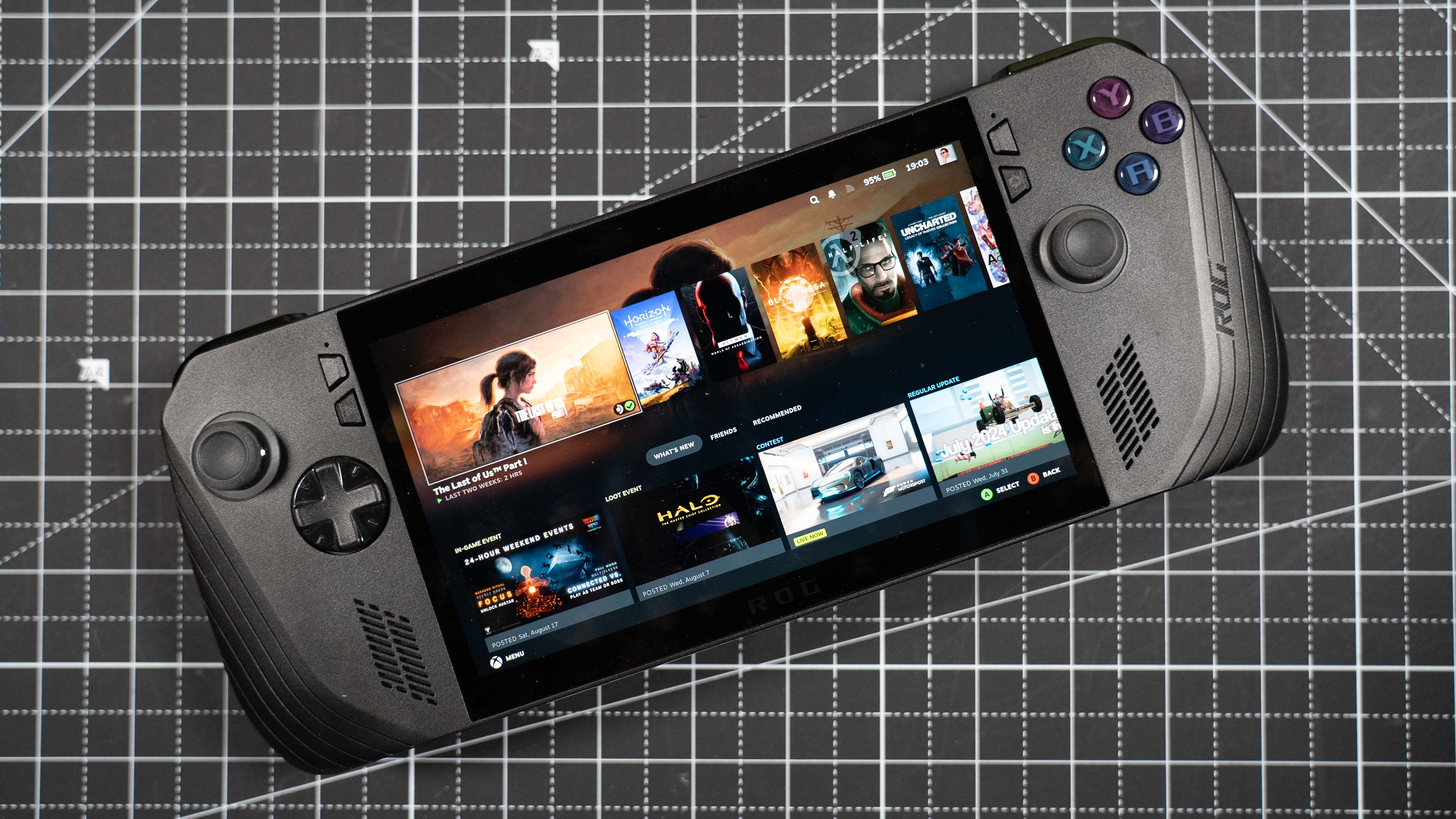
You may have spotted the news about Valve quietly updating SteamOS with back button support for the Asus ROG Ally X. This has quickly evolved from just a small update note to confirmation that the company will support this Windows 11 gaming handheld with its own handheld operating system, and based on my own testing, it can’t come soon enough.
Yes, I got impatient and decided to use a custom Linux image to get the Steam Deck’s operating system onto my ROG Ally X, and I was floored by the night and day difference in performance and battery life. In fact, I’m so shocked that it's confirmed what I’ve known all along — that this whole running Windows thing is just not the right thing for gamers on-the-go (at least for now).
I know the key benefit — you’re not just limited to Steam for games, and you get the freedom of choice between any game launcher from Epic to GOG. But is that even worth it with all the trade-offs we’re seeing? Is it worth it for a 15% drop in frame rates and a 22% reduction in battery life?
For portable gaming, we’ve been saying that Windows 11 is a problem. Our own exclusive testing proves that to be the case.
WARNING! Setup is a pain
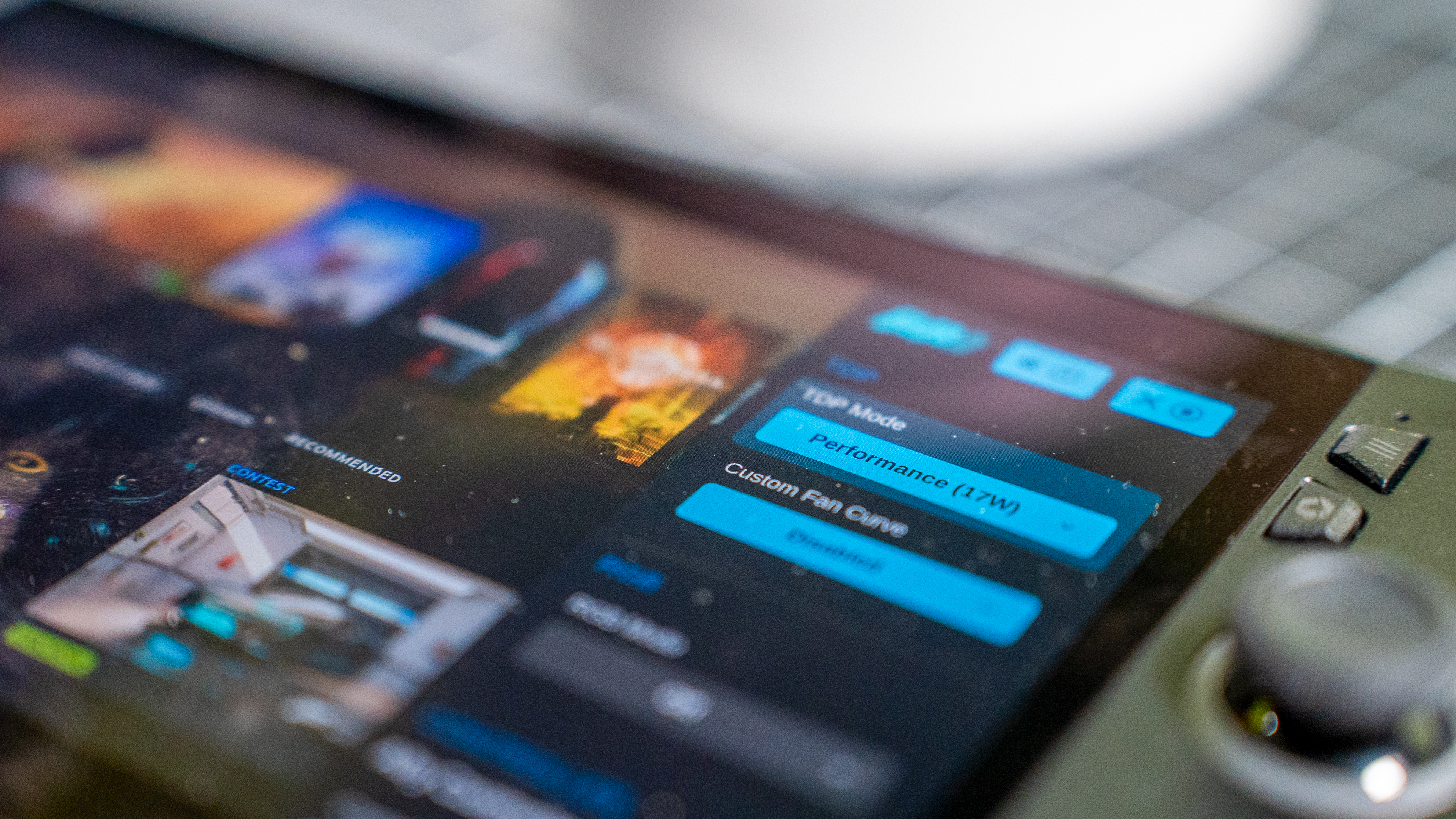
First, a quick disclaimer. After five hours of nearly pulling my hair out, I did eventually get the dual boot solution working.
I will be writing up a how-to guide on creating a boot drive with Bazzite, ensuring you’ve selected all the correct settings for the Fedora Atomic Desktop to work properly, and making sure you set up an admin user to be able to install everything needed.
But be warned. These steps are not necessarily going to work 100% of the time. Myself and other users have experienced different installation results — from working perfectly to just not installing whatsoever. And in those moments that it doesn’t install, the Fedora UEFI causes a conflict that no disk cleanup effort through the command line can fix. I’ve ended up having to completely wipe (via override) the whole SSD and start fresh twice to get to this point.
So unless you are a Linux expert (unlike me), I recommend you take this piece as inspiration for what may come down the line for the ROG Ally. Don’t put yourself through the same pain as I did, and wait for an official method to put SteamOS on your ROG Ally.
A joy to use (but you knew that already)
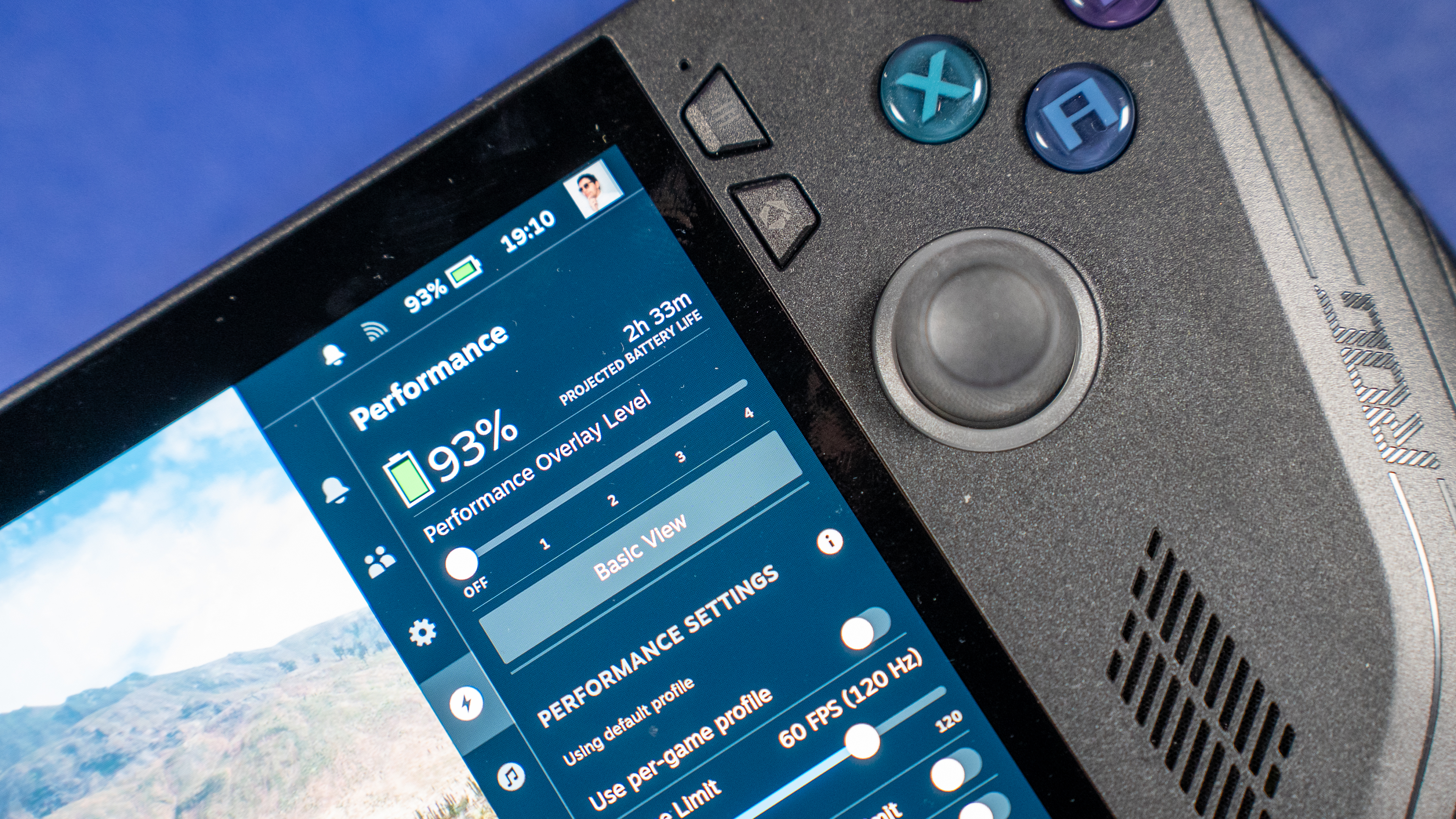
Let’s be honest — the whole using a Windows gaming handheld situation is a bit of a mess. My colleague Tony Polanco said it best when he said it “absolutely sucks.” Now to Asus’ credit, the team has worked hard to put a mask over it in the form of Armoury Crate.
With easy access to all the system settings, such as altering the Thermal Design Power (TDP) wattage going to the chipset, and even upping the amount of RAM dedicated to graphics, customization is a cinch. And on top of that, there is a nice-looking centralized game launcher that means you can easily jump into any installed games already on there.
But that’s the problem. You still need to interact with Windows 11, and on a 7-inch touchscreen, it’s a hassle to say the least. Trying to stuff a desktop OS onto a tiny device does throw up some insurmountable UI challenges, alongside some bigger strategic questions (example: who the hell wants a year of free Office 365 on a gaming handheld!?).
SteamOS just gives you all of what you need in its simplest form: system customization, a game library, and a game store you can interact with in the system (no desktop mode needed) — all in a super slick, easy-to-use interface that is the product of years of iteration.
Better by the numbers
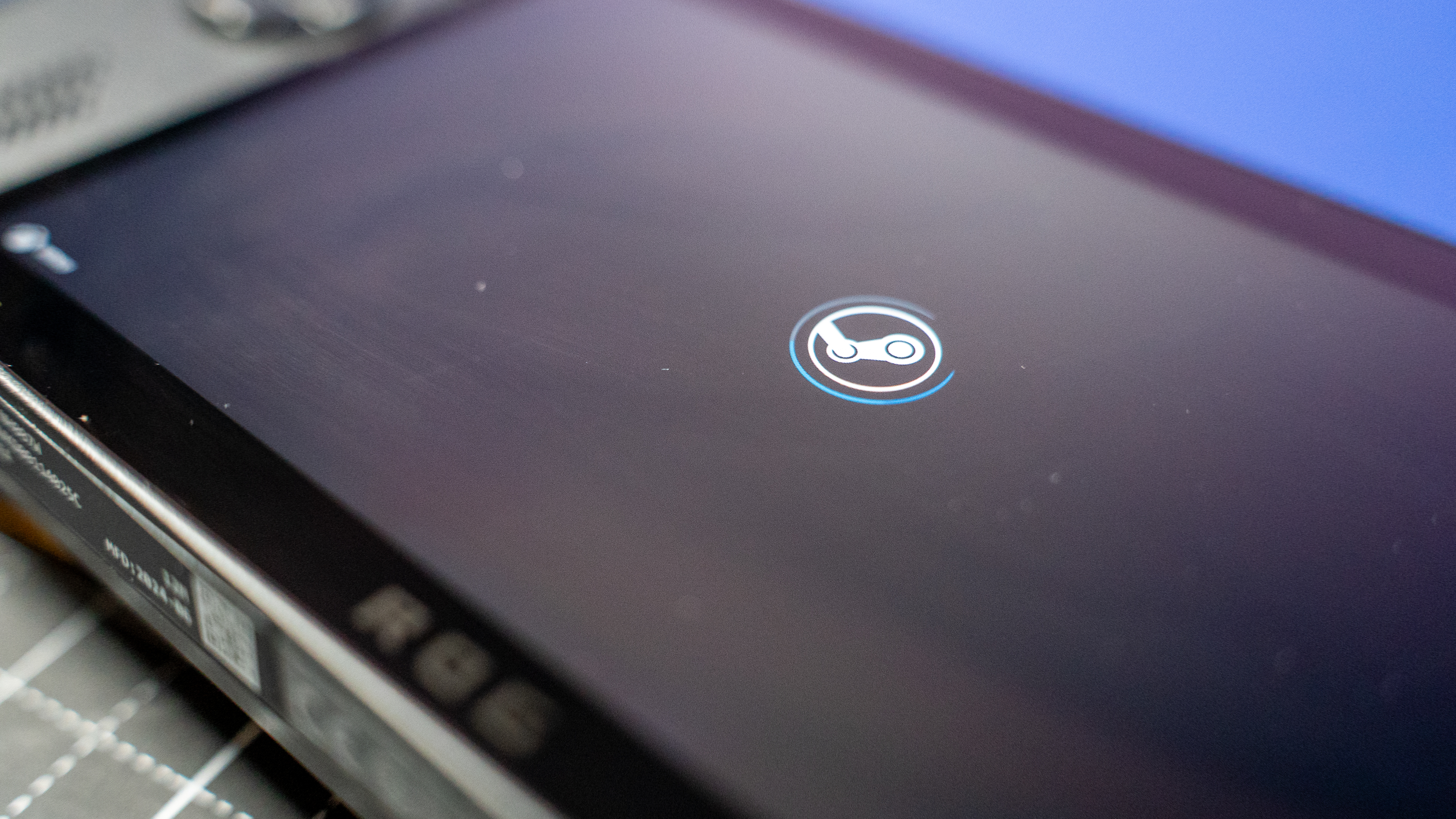
But of course it’s going to be a better UI experience for the players. One aspect I did not expect is just how much faster and power efficient the ROG Ally X is when running SteamOS. Literally, it’s an improvement in every single area.
That’s a big jump in frame rate across these three key games, which unfolded exactly the same for every other game I threw at it from Persona 5 and Dave the Diver, to Hitman 3 and F1 24. Oh, and for those keeping score, the gains over Steam Deck OLED are monumental.
Now, let’s turn our attention to battery life. Windows is a complex OS — especially when running on a not-so-power efficient x86 architecture. Asus has worked around this rather admirably by packing a giant 80Wh battery into the ROG Ally X, and it does go some way to relieving some of those longevity woes.
But do you know what goes even further than that? Using SteamOS. With a 20+% improvement in stamina, this becomes a long commute gaming king for any player.
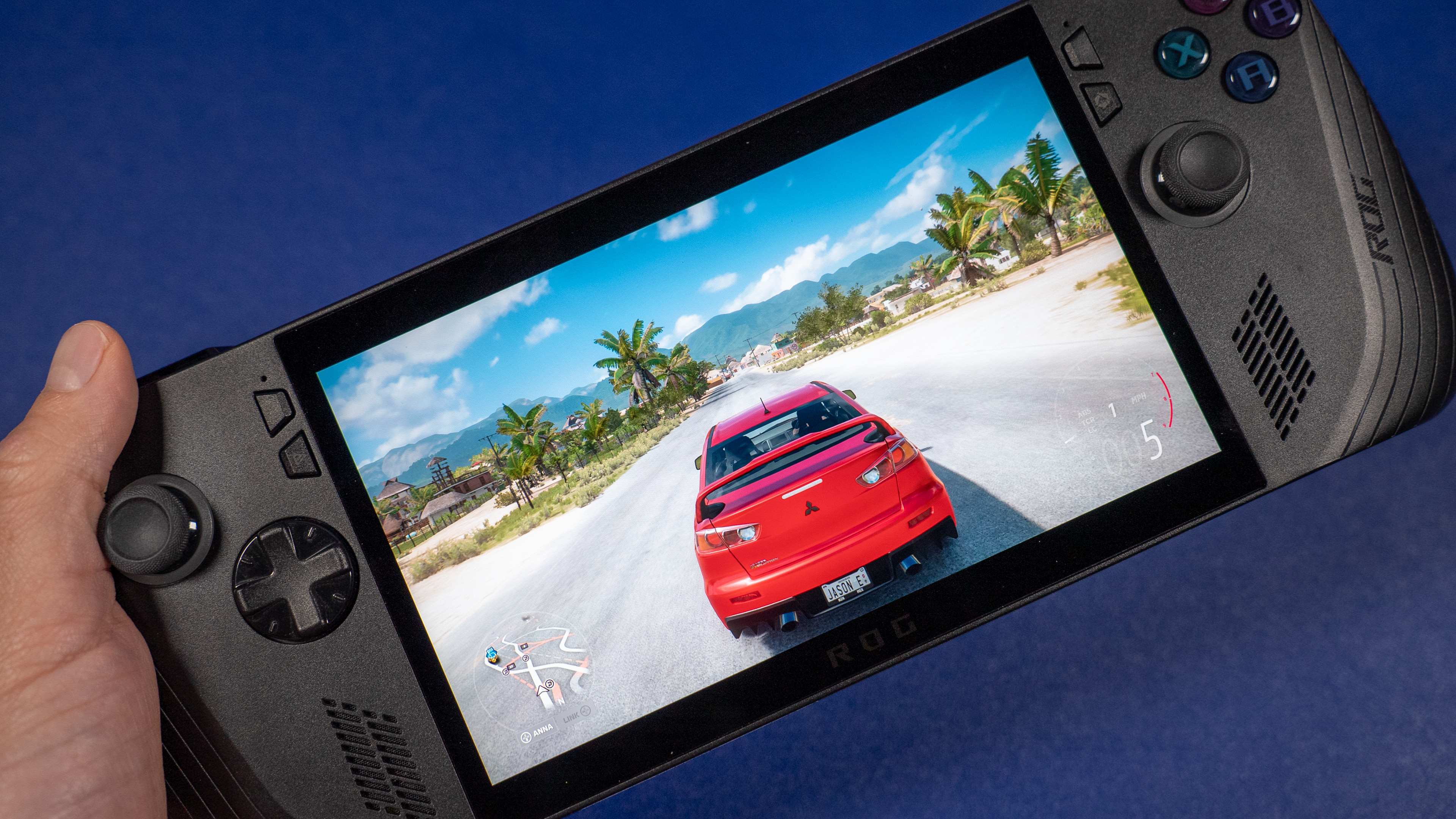
Windows 11 standby battery drain is also a common problem across laptops, and one that users have been feeling on handhelds too. Say you’re on a flight and you take a break from playing games to have a meal — you’d hope to clinch on to whatever precious stamina you have, but Microsoft’s standby mode is a weirdly taxing process that can seep away at the life-source.
That much is true here too for the ROG Ally X, and while there is still some small drain with SteamOS in the mix, it’s nowhere near as bad.
The PC gaming handheld war is over before it even started
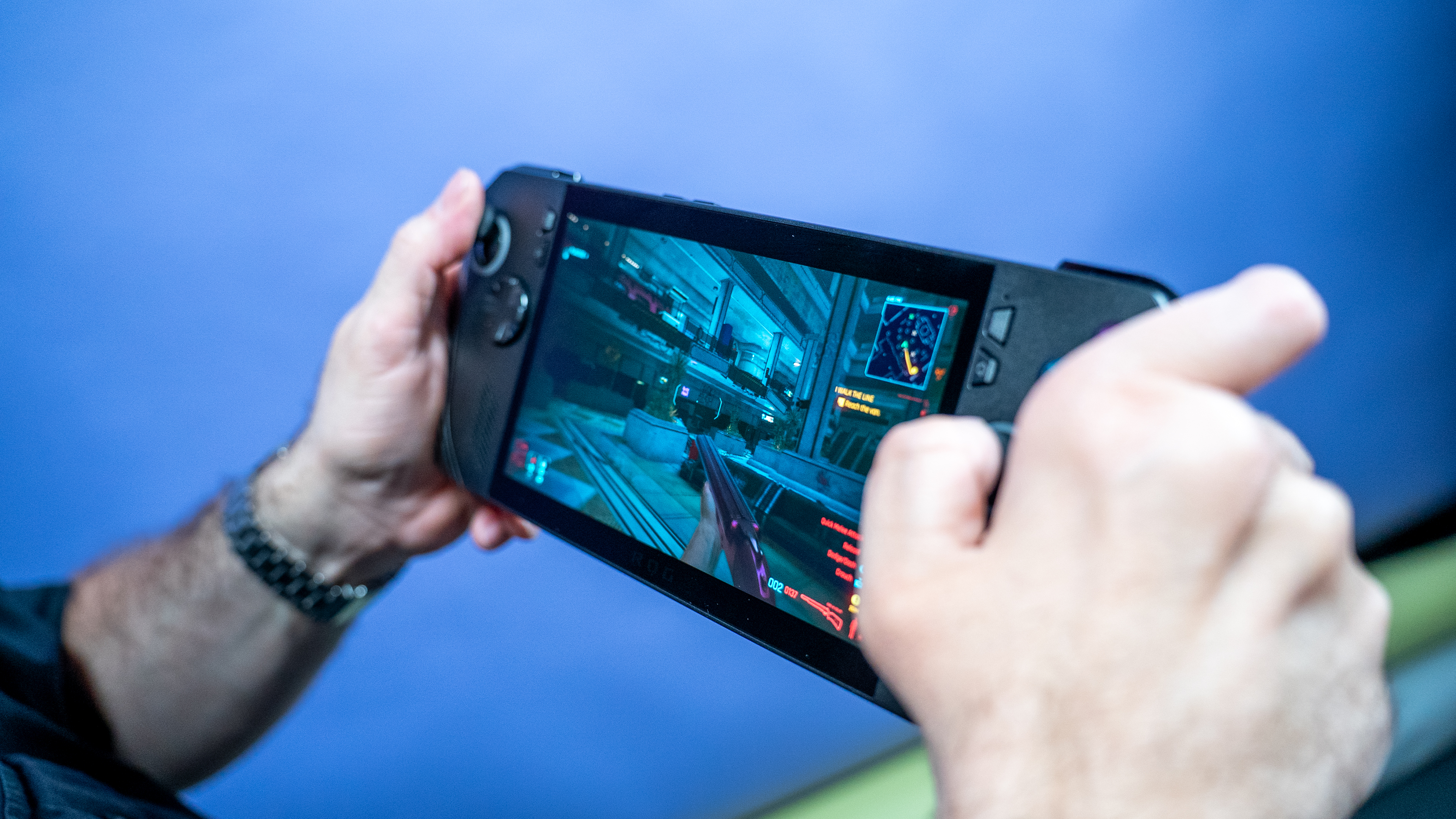
I’ve seen a lot of talk about the PC gaming handheld war — how it’s becoming a straight shoot-out between Windows options and the Steam Deck. But with stark differences in not just the usability but performance and battery life, this war is over before it's even begun.
Either Microsoft makes a handheld version of Windows that is actually logical to use, or Redmond never leaves the starting gate in its hopes to take on Valve. That openness of choice to install from any service is a small nice to have that brings with it a ton of buyer’s remorse that harms the three key things every handheld gamer needs: performance, battery life, and a UI that just gets out of the way of your games.
And with SteamOS officially being available soon for the ROG Ally, based on the test results we’re seeing, you’d be mad if you didn’t choose to take the red pill and breathe new life into your machine by turning it into a vastly more powerful Steam Deck.







